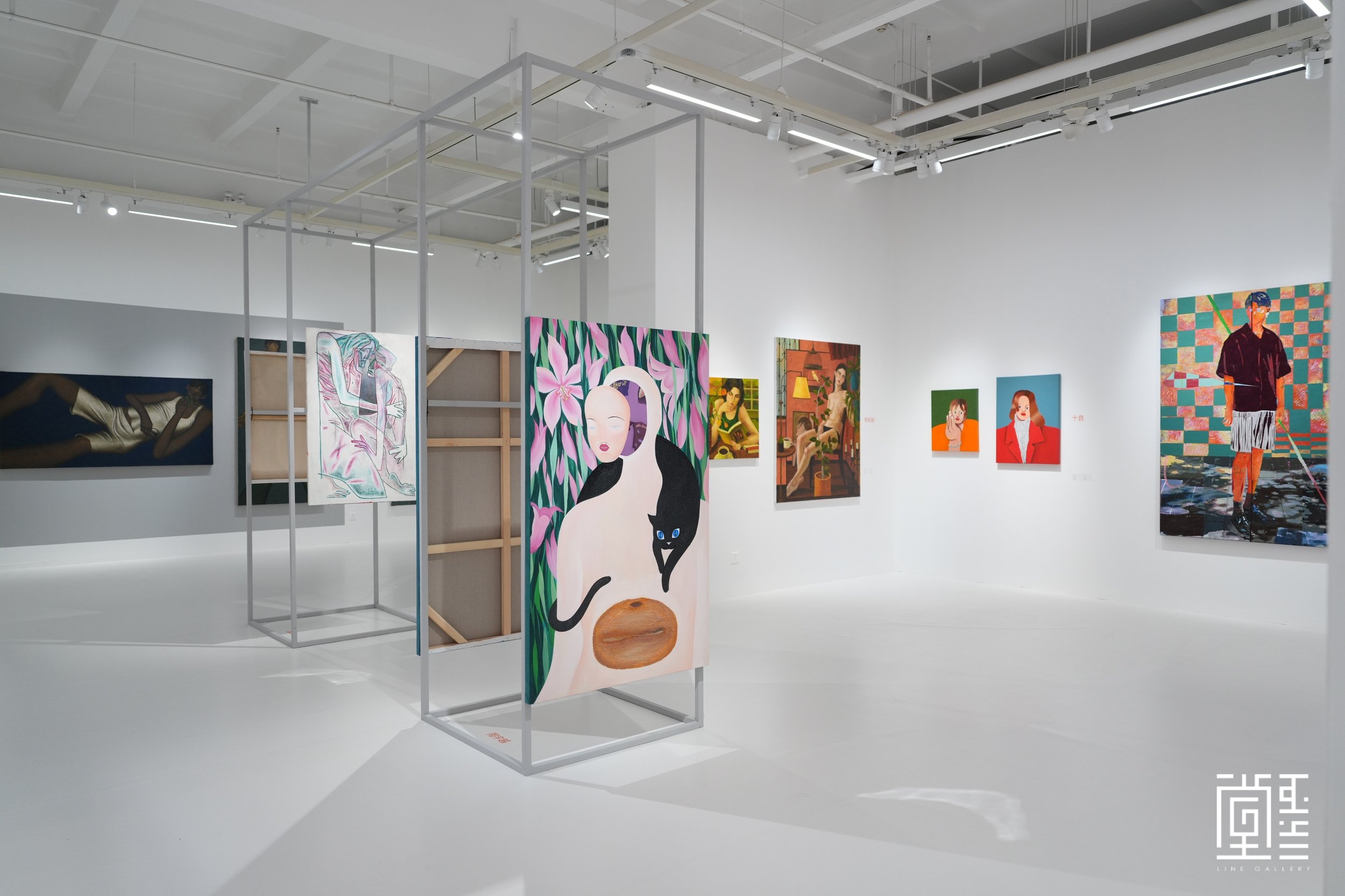
Portraits
2024.3
In the first century AD, Pliny the Elder (Caius Plinius Secundus), in his Natural History, suggested that the origin of portraiture came from the act of capturing shadows. A young girl, using faint light, traced the silhouette of her lover projected on a wall before his departure. This act, referred to as the archétype of portraiture, implies that portraiture is an art in pursuit of “likeness,” a projection of the essence itself.
Thus, portraiture is not simply about depicting a person, but about all forms of imagery. The 20th-century philosopher Emmanuel Lévinas believed that philosophy awakens the pursuit of portraiture. The faces of the younger generation are a philosophical awakening that reflects their generation's inquiries into life. Through portraits of collective others, this awakening reveals the "invisibility" beyond the portrait itself, transcending the visible.
This "invisible" portrait is a representation that transcends the whole, referred to by Lévinas as the "face of the Other." It encourages us to look beyond the grand portraits of generations and see the portrait that transcends time. While we may represent an era with the idea of a "younger generation," inevitably, behind these artists lies a pursuit of likeness that reaches for the "face of the Other" beyond their generation.
This instinctive drive, much like the girl's act of drawing her lover's shadow, is essentially an attempt to capture the shadow of love. From the perspective of Thomas Aquinas, who transcended the Greek philosophical traditions of Plato and Aristotle, portraiture, at its ontological core, is a pursuit and capture of the shadow of God. Every specific portrait reveals the relationship between me and Him. From the perspective of an era, it is the relationship between the collective of that era and Him.
The exhibition runs until April 9, 2024, at Line Gallery (Beijing). We warmly welcome your visit.
EXHIBITION SITE




































